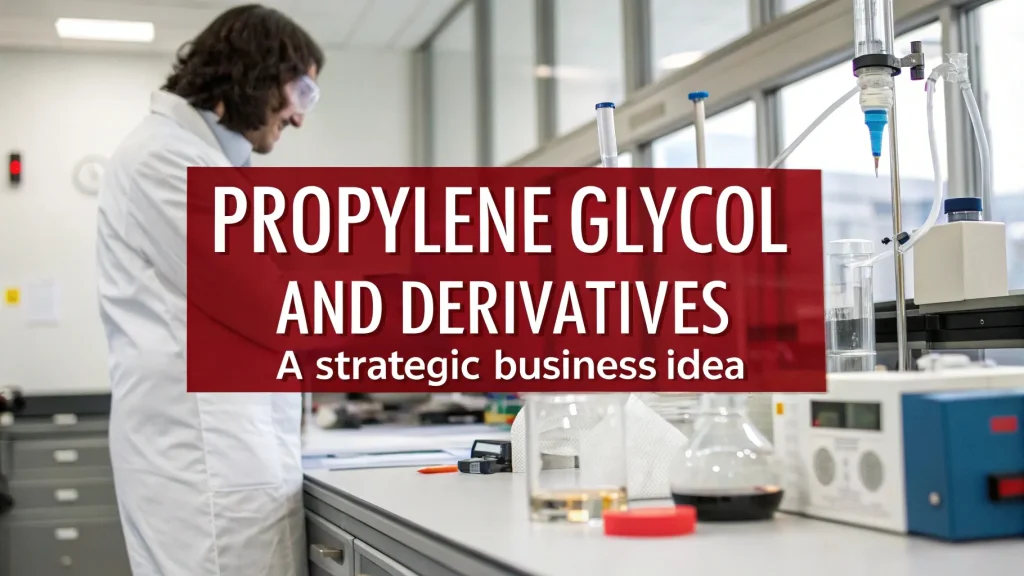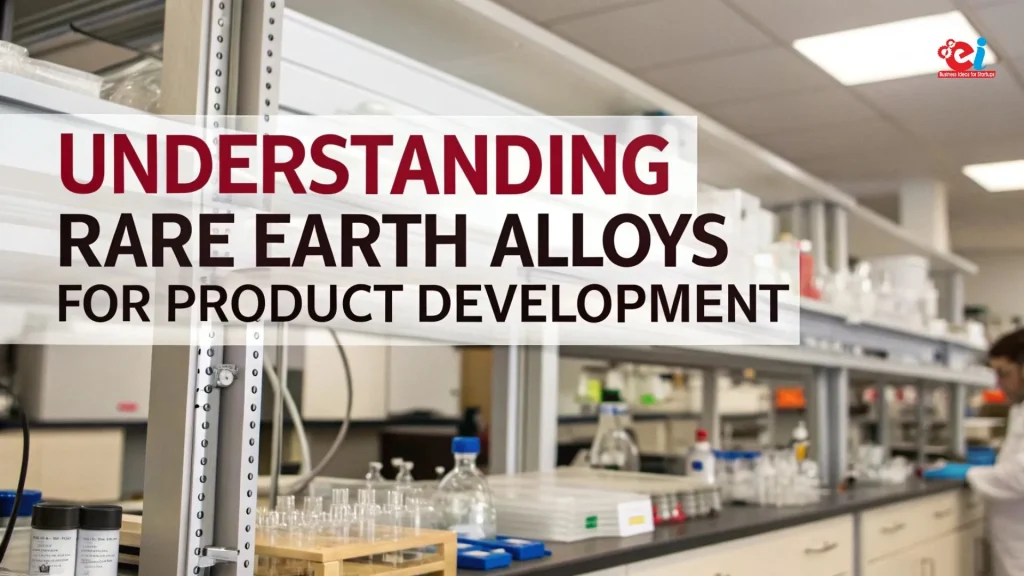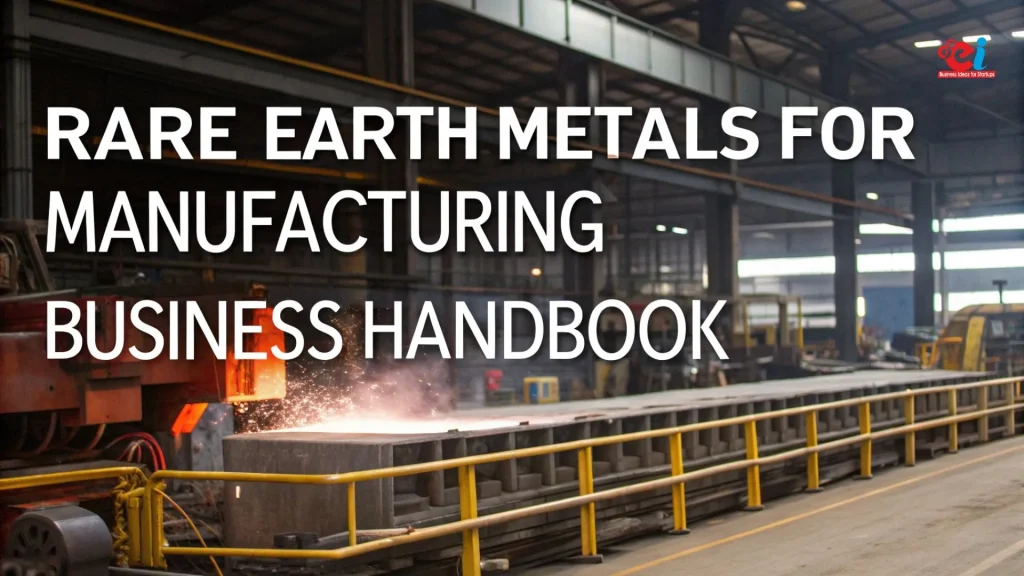White cement manufacturing is a complex industrial process that involves the use of carefully selected raw materials and advanced technology to produce a high-purity product with distinctive whiteness and strength. Unlike ordinary Portland cement (OPC), which is grey in color due to the presence of iron and manganese oxides, white cement is produced with minimal impurities to achieve its characteristic brilliant white finish. This type of cement is widely used for architectural and decorative applications such as terrazzo flooring, precast panels, tiles, and aesthetic concrete structures. It not only offers structural durability but also aesthetic appeal, making it a preferred material in both residential and commercial construction sectors.
The Unique Features of White Cement Manufacturing
The white cement manufacturing process is distinct from that of grey cement, primarily due to the requirement to reduce iron and manganese content that affects the color. White cement is manufactured using raw materials like limestone, kaolin, sand, and gypsum with minimal traces of chromophores (color-producing elements). Here’s a detailed step-by-step look at the process:
1. Selection and Preparation of Raw Materials
The journey of white cement begins with the selection of raw materials. High-purity limestone and clay are the primary ingredients. In white cement manufacturing, the raw materials must have very low iron and manganese content to avoid any discoloration. Kaolin clay and white sand are preferred due to their low impurity levels. Once sourced, these materials are crushed and ground to fine particles to prepare a homogenous raw mix.
2. Homogenization and Preheating
The finely ground raw mix is stored in silos and thoroughly homogenized to ensure consistent composition. This is followed by preheating in a cyclone preheater where the raw mix is heated to around 800°C using waste heat from the kiln. This step reduces the energy demand of the kiln and initiates partial calcination.
3. Clinker Formation in Kiln
The most crucial stage of white cement manufacturing is clinker formation. The preheated raw mix is fed into a rotary kiln and subjected to very high temperatures—typically up to 1450°C. At this temperature, the raw materials undergo complex chemical reactions to form clinker, a nodular intermediate product. To preserve whiteness, a reducing atmosphere is maintained inside the kiln to prevent the oxidation of iron.
4. Rapid Cooling of Clinker
In white cement manufacturing, clinker must be rapidly cooled upon exiting the kiln to retain its white color and prevent further oxidation. This is achieved using water spray or high-speed air cooling systems. Unlike grey cement clinker which can be cooled slowly, white clinker demands more careful handling to maintain its brightness and chemical integrity.
5. Grinding and Mixing
The cooled white clinker is then blended with gypsum and sometimes small quantities of limestone to control setting time and improve performance. This mixture is ground in ball mills or vertical roller mills to produce fine white cement powder. During grinding, care is taken to avoid contamination from iron parts or grinding media that may alter the color of the final product.
6. Quality Control and Packaging
The final white cement product undergoes rigorous quality control testing for parameters such as whiteness index, setting time, fineness, and compressive strength. Once approved, it is packaged in moisture-proof bags or bulk containers and dispatched to construction sites or retail outlets. Proper packaging ensures the product maintains its quality and does not absorb moisture during storage and transport.
Key Considerations in White Cement Manufacturing
White cement manufacturing involves a combination of raw material purity, process optimization, and equipment precision. Every stage of production must be meticulously monitored to avoid contamination that can compromise whiteness or strength. The process is energy-intensive and requires specialized technology to maintain the required standards. Factors like kiln atmosphere, cooling rates, and grinding equipment play a decisive role in the final quality of white cement.
Environmental and Energy Aspects
Given its stringent quality requirements, white cement manufacturing consumes more energy than ordinary Portland cement. However, manufacturers are increasingly adopting environmentally sustainable practices such as waste heat recovery systems, alternative fuels, and advanced emission control mechanisms. Modern white cement plants aim to minimize their carbon footprint while maintaining product quality.
Applications of White Cement
White cement is valued for its aesthetic appeal and is often used in architectural and decorative applications. Some of its common uses include:
-
Terrazzo Flooring: For decorative flooring with colored aggregates.
-
Precast Panels: For facades and wall elements requiring a clean white finish.
-
Mosaic and Tiles: In combination with pigments for custom designs.
-
Plaster and Grouts: For smooth, bright interior and exterior finishes.
-
Garden Ornaments and Sculptures: Due to its clean appearance and durability.
Its ability to be tinted with pigments without compromising brightness makes it ideal for artistic and ornamental construction projects.
Global Market Overview
The global demand for white cement is steadily growing, particularly in developing countries with booming construction sectors. Asia-Pacific and the Middle East are key markets, driven by infrastructure development and increasing urbanization. The global white cement manufacturing industry is also becoming more competitive, with players investing in technology upgrades and capacity expansions.
Challenges in the Industry
White cement manufacturing faces several challenges, including:
-
High Production Cost: Due to stringent material and energy requirements.
-
Raw Material Availability: Not all regions have access to high-purity limestone or kaolin.
-
Environmental Regulations: Stringent emission norms require costly control systems.
-
Competition from Substitutes: Alternatives like polymer-based white construction products.
Despite these hurdles, the outlook remains positive as the demand for high-performance, aesthetically pleasing construction materials continues to grow.
Future Trends and Innovations
Technological innovation in white cement manufacturing is focused on reducing energy consumption and carbon emissions. Key trends include:
-
Use of Alternative Fuels: Such as biomass and industrial waste.
-
Digital Process Control: For precision and efficiency.
-
Recycling Waste Heat: To lower energy costs and emissions.
-
Blended White Cements: With pozzolanic materials to improve sustainability.
These innovations not only enhance environmental performance but also help manufacturers remain competitive in an evolving global market.
Conclusion
White cement manufacturing is a highly specialized process that requires advanced technology, quality raw materials, and strict quality control. To begin with, the selection of low-iron raw materials is essential. Furthermore, rapid clinker cooling and precise grinding are critical steps, as every stage plays a crucial role in achieving the desired whiteness and performance characteristics. As a result, white cement stands out for its aesthetic and functional advantages. Moreover, as architectural design trends continue to favor clean, elegant, and durable materials, the demand for white cement is expected to grow. In response, manufacturers are embracing innovation and sustainability. Consequently, the white cement manufacturing industry is poised to play a vital role in the future of global construction.
In conclusion, the white cement manufacturing process reflects a fine balance of art and science, combining chemical precision with engineering excellence to deliver a product that meets both structural and aesthetic demands.
Visit the page Select and Choose the Right Business Startup for You for sorting out the questions arising in your mind before starting any business and know which start-up you can plan. We, at NPCS, endeavor to make business selection a simple and convenient step for any entrepreneur/startup. Our expert team, by capitalizing on its dexterity and decade’s long experience in the field, has created a list of profitable ventures for entrepreneurs who wish to diversify or venture. The list so mentioned is updated regularly to give you a regular dose of new emerging opportunities.




